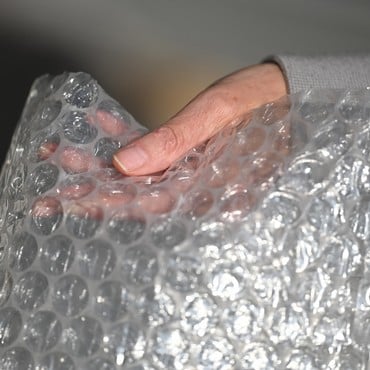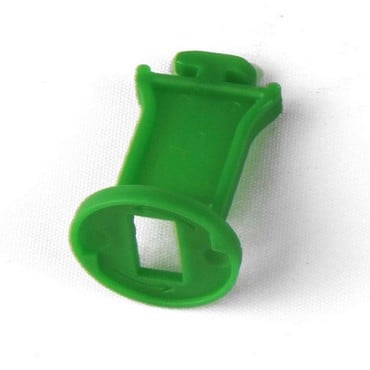It's during the winter and early spring that the greenhouse becomes the most valuable asset on your plot - and lining the structure with insulating material can save you money and keep tender plants alive.
But what benefits can you expect after protecting your greenhouse? An unheated but insulated house is likely to remain relatively frost free, with only occasional assistance from a heater - saving you up to 50% on heating costs, and the time you can use the greenhouse productively can be extended by up to 6 weeks, at either end of the season, giving you greater flexibility in your choice of plants and sowing dates.
The most common - and effective - way to line the inside of the greenhouse is to use bubble wrap. This material is great for retaining heat and although light levels in the greenhouse will be slightly reduced, this should not cause too many problems through the winter months.
It's very worthwhile searching out bubble insulation that is UV stablised as well as tri-laminated; the UV treatment will stop the bubble wrap from becoming hard and crispy, allowing you to use it winter after winter, whilst the tri-laminated version is harder-wearing and will help retain more of the day's heat. How do you check the bubble wrap is tri-laminated? If you can pop the bubbles between your thumb and finger (very addictive) then it isn't, but if you can't - then it is!
It's not only the bubble wrap insulation you need to consider, but the fixings best suited to your greenhouse. If you have a modern aluminium framed structure, then it's likely that the glazing bars will have a channel down the centre. This is designed to accomodate cropped bolts which are used to hold up shelving and other accessories, and also alliplugs, spacers and corner adaptors which quickly and easily secure the bubble wrap to the frame.
Using spacers creates a 25mm air gap between the material and the glass - this airspace also helps to keep in the warmth generated during the short winter days. Insulation material can also be fitted inside timber framed greenhouses by using woodpins or possibly large headed tacks.
But are there any disadvantages to providing insulation? As previously mentioned, the levels of light available to the plants will be slightly reduced. However if you go for the big bubble version of the bubble wrap insulation this will be much improved.
If the thought of putting up bubble wrap has really caught your imagination, then you may be interested in the following techniques to really ensure a warm winter under glass...
- Repair broken panes of glass and check windows and doors fit well.
- Partition off sections of the interior with plastic sheeting and aluminium tape to create an additional hot zone.
- Temporarily cover any unused beds with sheeting or paving to create floor level insulation.





























